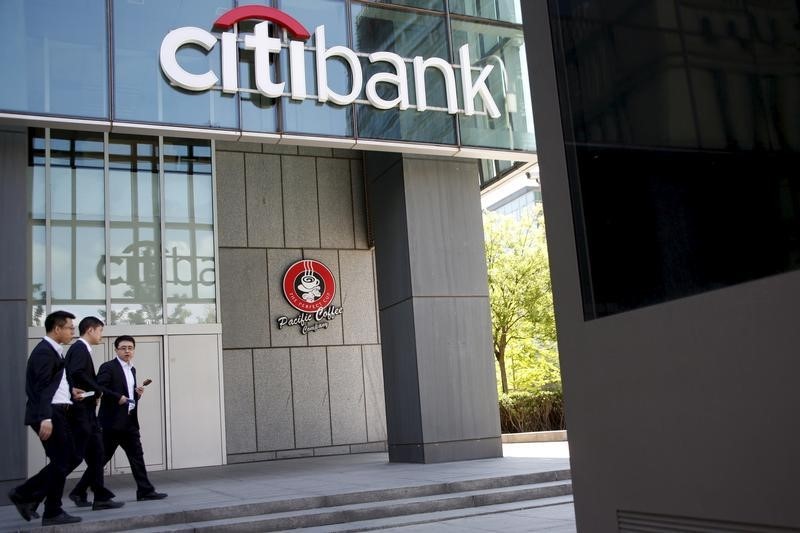[ad_1]
© Reuters. FILE PHOTO: A pedestrian passes a “Help Wanted” sign in the door of a hardware store in Cambridge, Massachusetts, U.S., July 8, 2022. REUTERS/Brian Snyder
By Lucia Mutikani
WASHINGTON (Reuters) – The U.S. economy maintained a strong pace of job growth in December, with the unemployment rate falling to 3.5%, but higher borrowing costs as the Federal Reserve fights inflation could see the labor market momentum slowing significantly by mid-year.
Nonfarm payrolls increased 223,000 last month, the Labor Department said in its closely watched employment report on Friday. Data for November was revised lower to show 256,000 jobs added instead of 263,000 as previously reported.
Economists polled by Reuters had forecast payrolls increasing by 200,000 jobs, with estimates ranging from 130,000 to 350,000. Monthly job growth is well above the pace needed to keep up with growth in the working age population.
The unemployment rate dropped to 3.5% from 3.6% in November. The government revised the seasonally adjusted data for the household survey, from which the unemployment rate is derived, for the last five years.
Average hourly earnings rose 0.3% after 0.4% in the prior month. That lowered the year-on-year increase in wages to 4.6% from 4.8% in November. Government data this week showed there were 10.458 million job openings at the end of November, which translated to 1.74 jobs for every unemployed person.
The labor market has remained strong, despite the Fed embarking last March on its fastest interest rate-hiking since the 1980s.
Interest-rate sensitive industries like housing and finance, and technology companies, including Twitter, Amazon (NASDAQ:) and Meta, the parent of Facebook (NASDAQ:), have slashed jobs. However, airlines, hotels, restaurants and bars are desperate for workers as the leisure and hospitality industry continues to recover from the COVID-19 pandemic.
Labor market resilience is underpinning the economy by sustaining consumer spending. But it raises the risk the Fed could lift its target interest rate above the 5.1% peak the U.S. central bank projected last month and keep it there for a while.
The trend in employment growth, however, could slow significantly by mid-year as expensive credit weigh on consumer spending and ultimately business investment.
The Fed last year raised its policy rate by 425 basis points from near zero to a 4.25%-4.50% range, the highest since late 2007. Last month, it projected at least an additional 75 basis points of hikes in borrowing costs by the end of 2023.
[ad_2]
Image and article originally from www.investing.com. Read the original article here.

